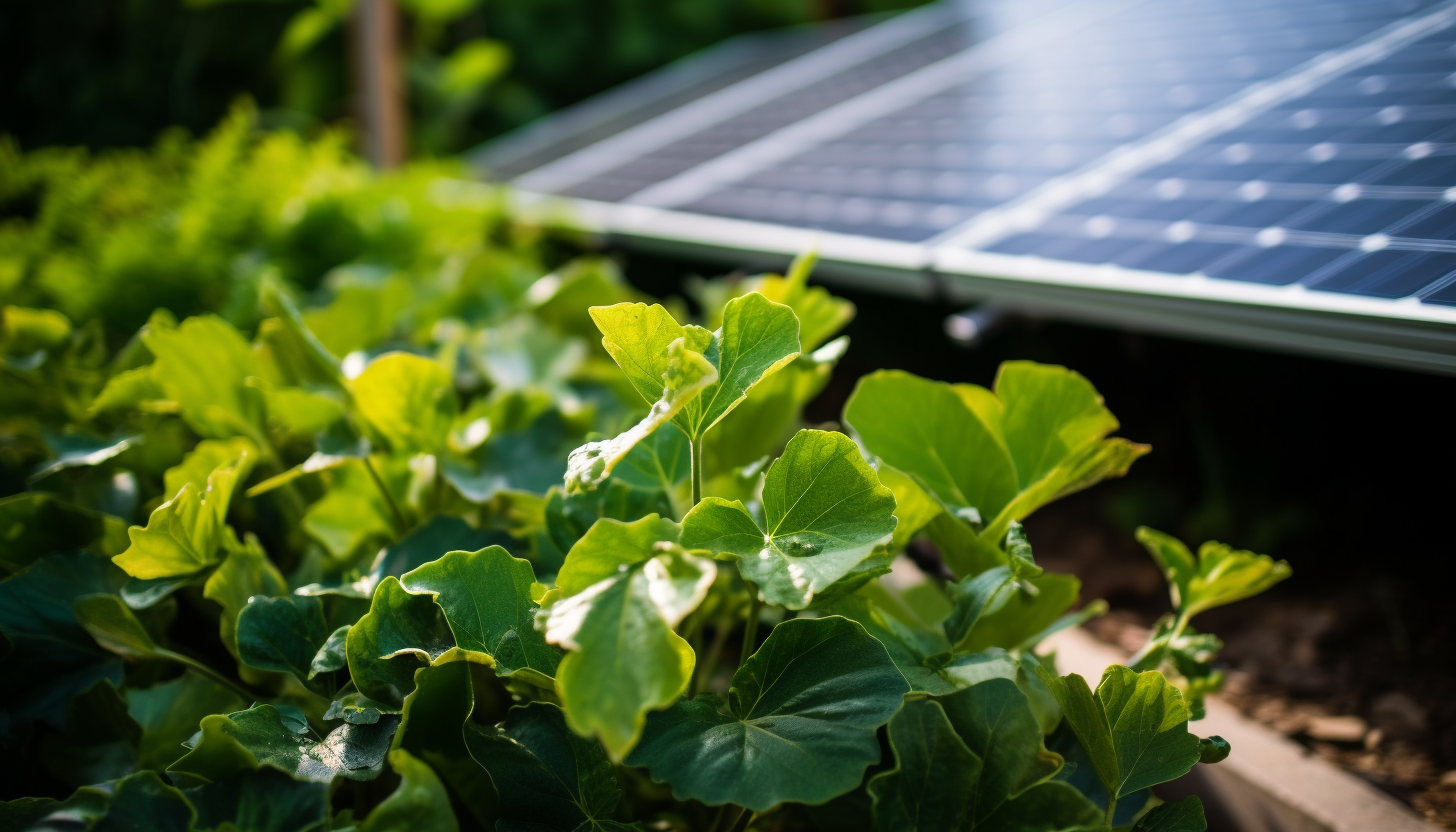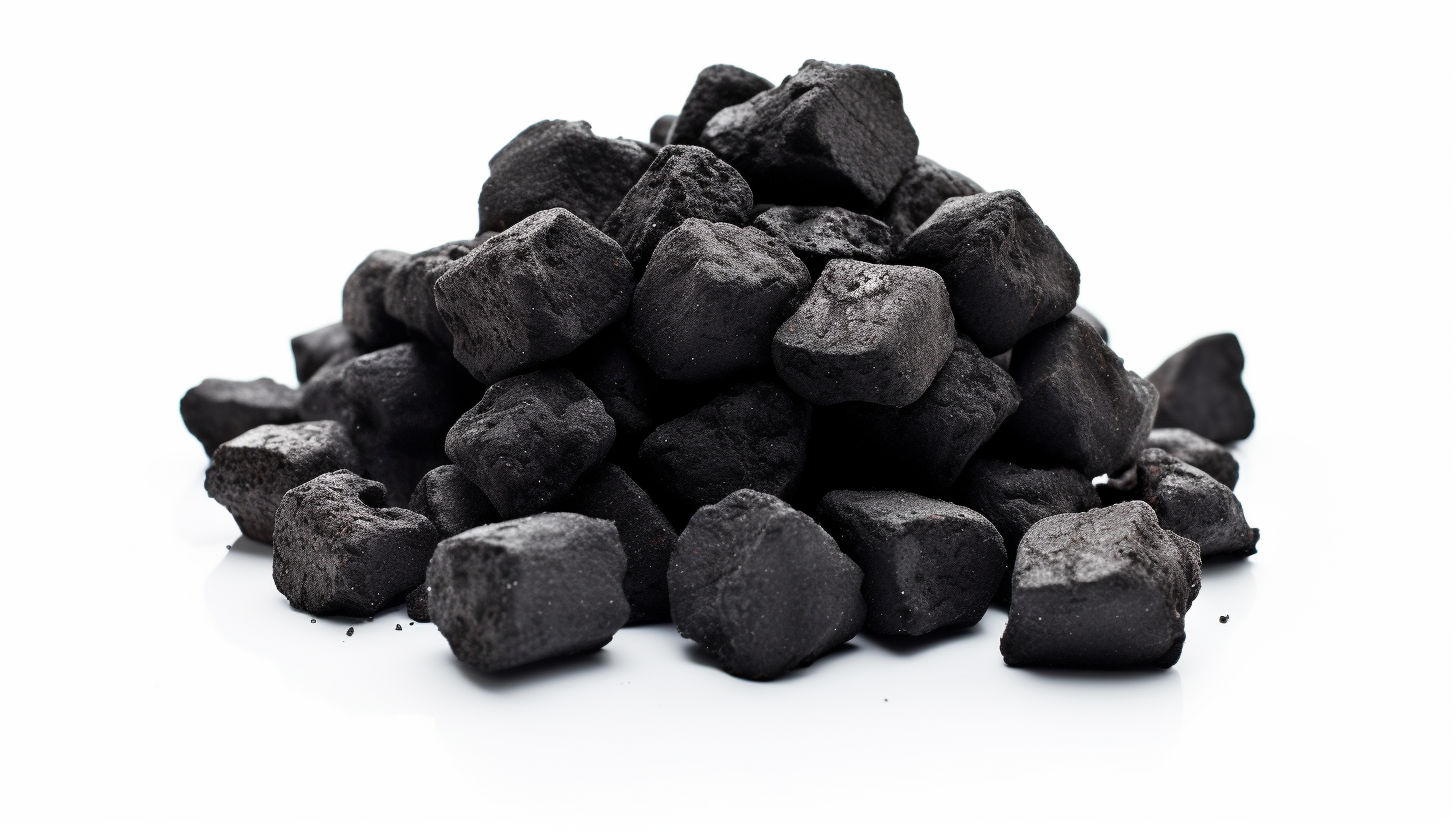Electricity

Hydrothermal carbonization (HTC)
 Hydrothermal carbonization (HTC) is an innovative thermochemical conversion process that transforms biomass into a coal-like material, known as hydrochar, under high-temperature and pressurized aqueous conditions. In essence, HTC mimics the natural coal formation process but accomplishes it in a few hours instead of millions of years.
Hydrothermal carbonization (HTC) is an innovative thermochemical conversion process that transforms biomass into a coal-like material, known as hydrochar, under high-temperature and pressurized aqueous conditions. In essence, HTC mimics the natural coal formation process but accomplishes it in a few hours instead of millions of years.
 The process typically operates at temperatures ranging from 180 to 250 degrees Celsius and pressure about 10-50 bar, and it can be applied to a wide variety of feedstocks, including waste biomass. The resulting hydrochar is energy-rich and can be utilized for various applications, such as biofuel, soil amendment, or carbon sequestration. HTC also addresses the issues of waste management and renewable energy production.
The process typically operates at temperatures ranging from 180 to 250 degrees Celsius and pressure about 10-50 bar, and it can be applied to a wide variety of feedstocks, including waste biomass. The resulting hydrochar is energy-rich and can be utilized for various applications, such as biofuel, soil amendment, or carbon sequestration. HTC also addresses the issues of waste management and renewable energy production.
Solar
Solar electric, also known as solar power or solar energy, is a renewable energy source that converts sunlight into electricity. It involves the use of photovoltaic (PV) cells or solar panels to capture the energy from the sun and convert it into usable electrical energy. These solar panels consist of semiconductor materials that generate a flow of electrons when exposed to sunlight.
Wind
Wind electric, also known as wind power or wind energy, is a renewable energy source that harnesses the power of the wind to generate electricity. It involves the use of wind turbines, typically mounted on tall towers, which capture the kinetic energy of the wind and convert it into electrical energy. The wind causes the turbine blades to rotate, and this rotation drives a generator that produces electricity.
Hydro
Hydroelectric power, also known as hydropower, is a renewable energy source that generates electricity by harnessing the energy of flowing or falling water. It involves using dams or flowing rivers to control the flow of water, which drives turbines connected to generators.